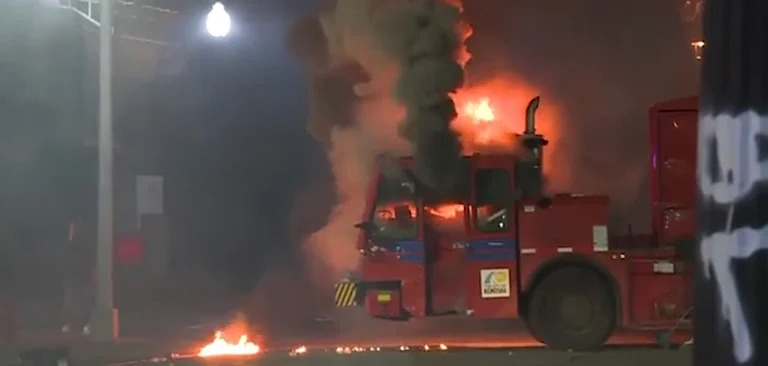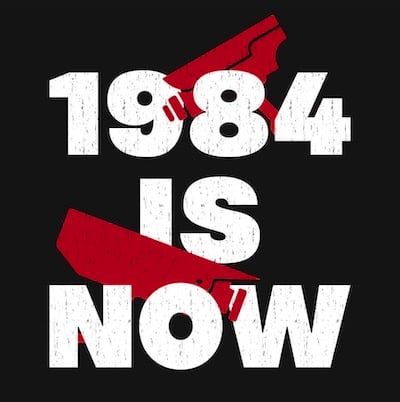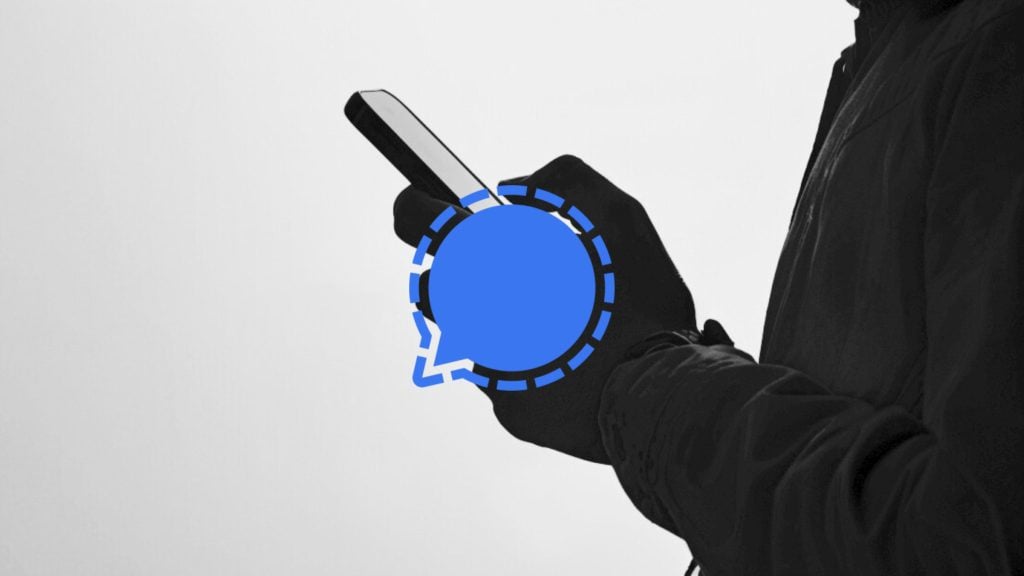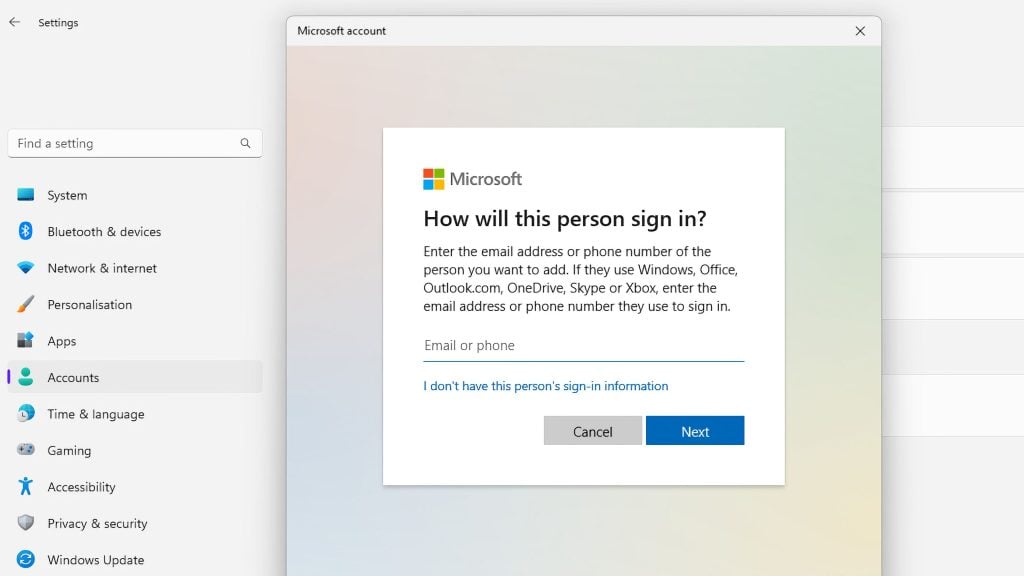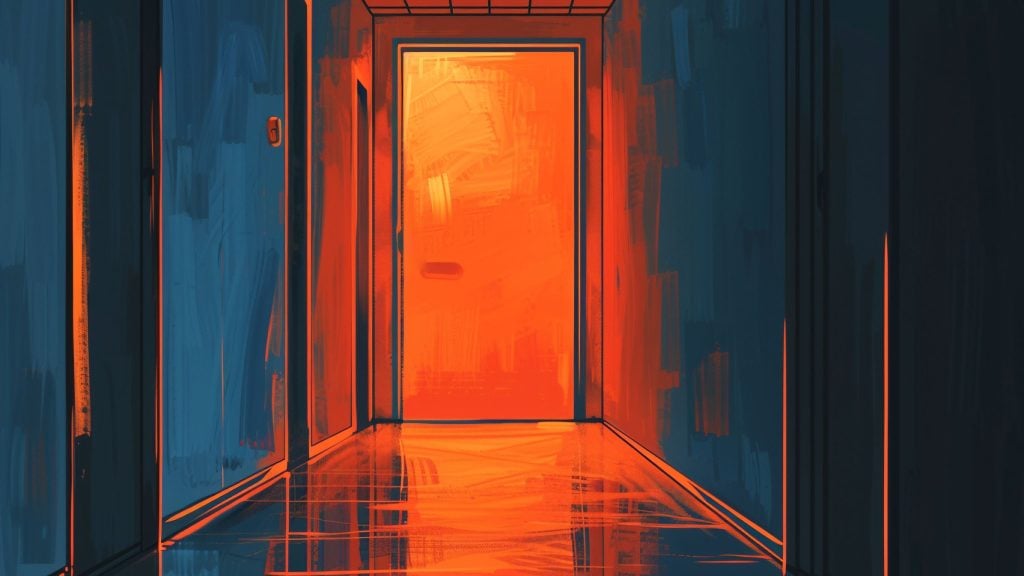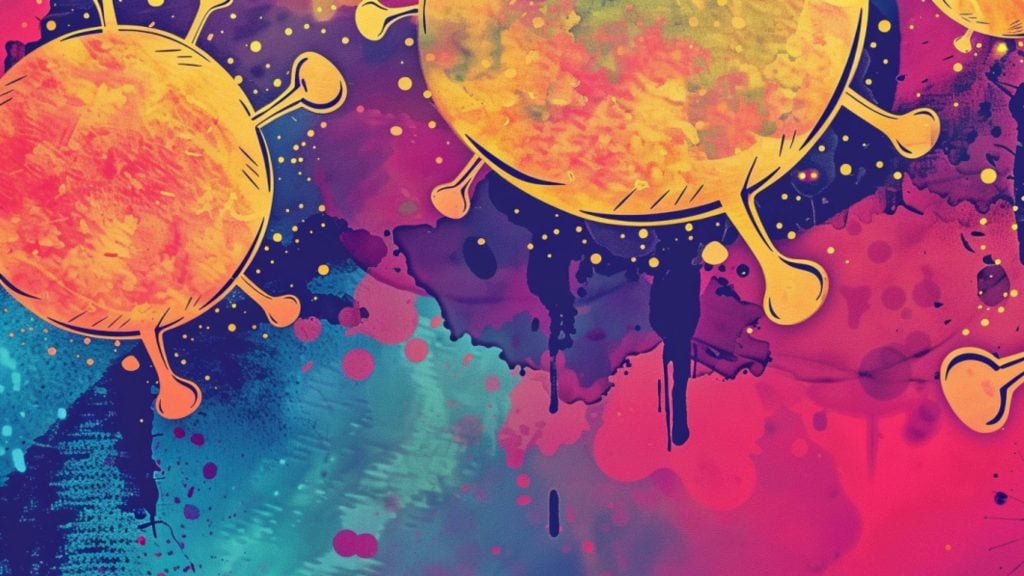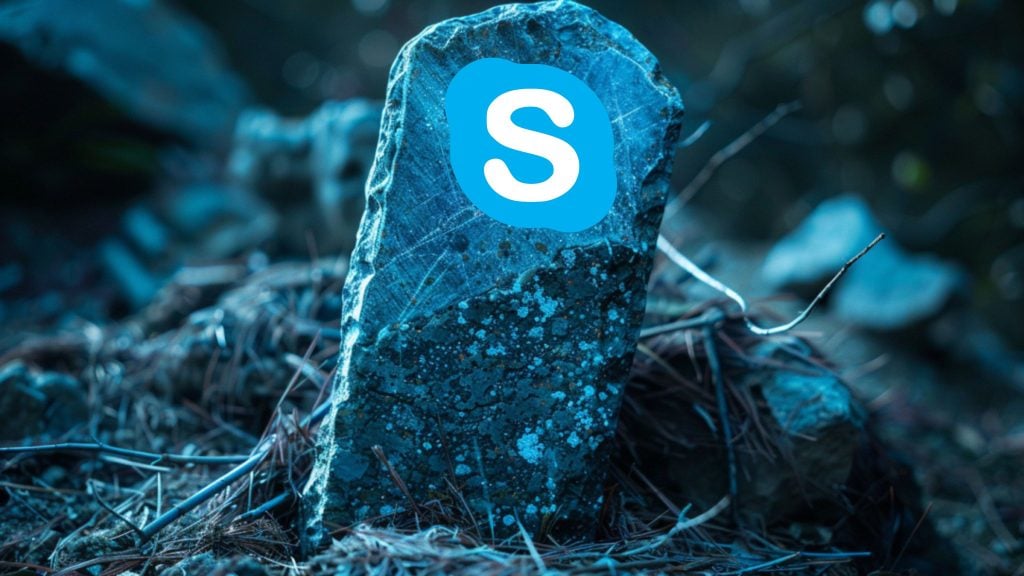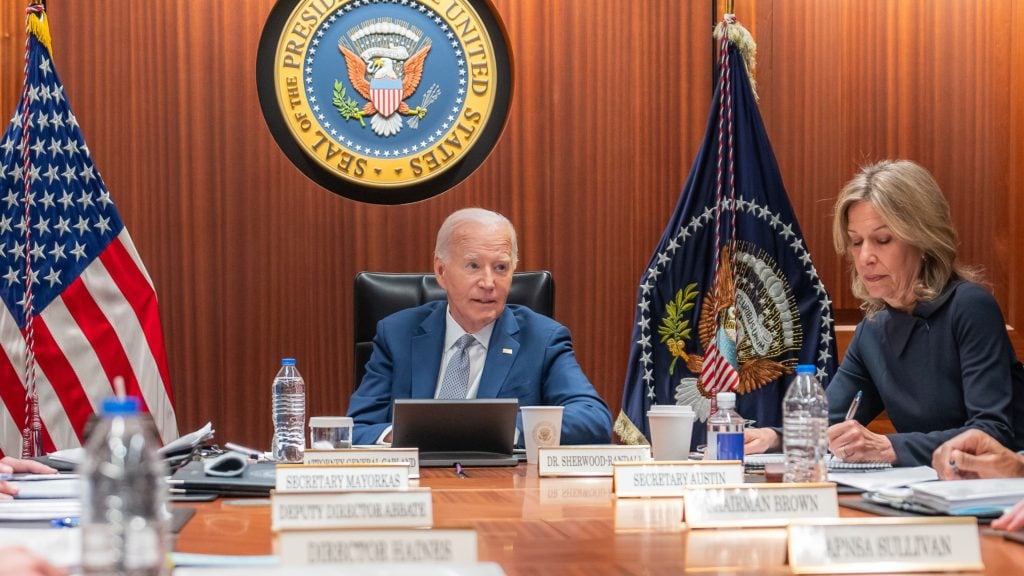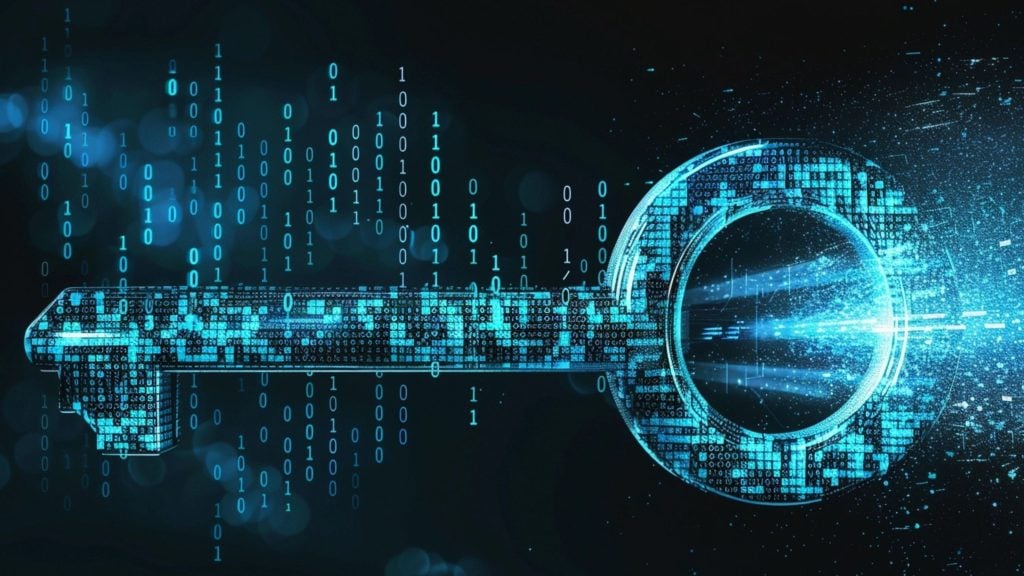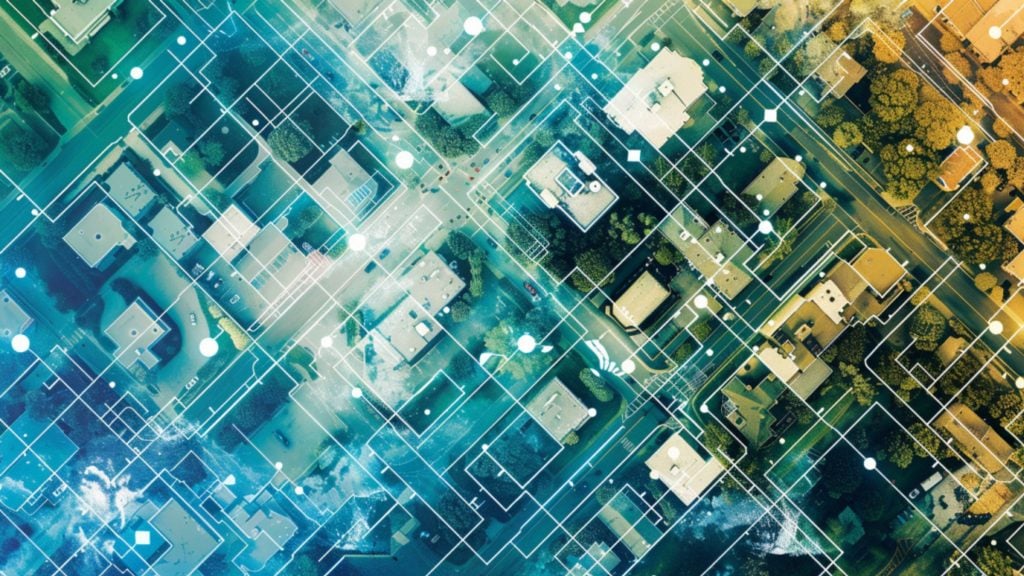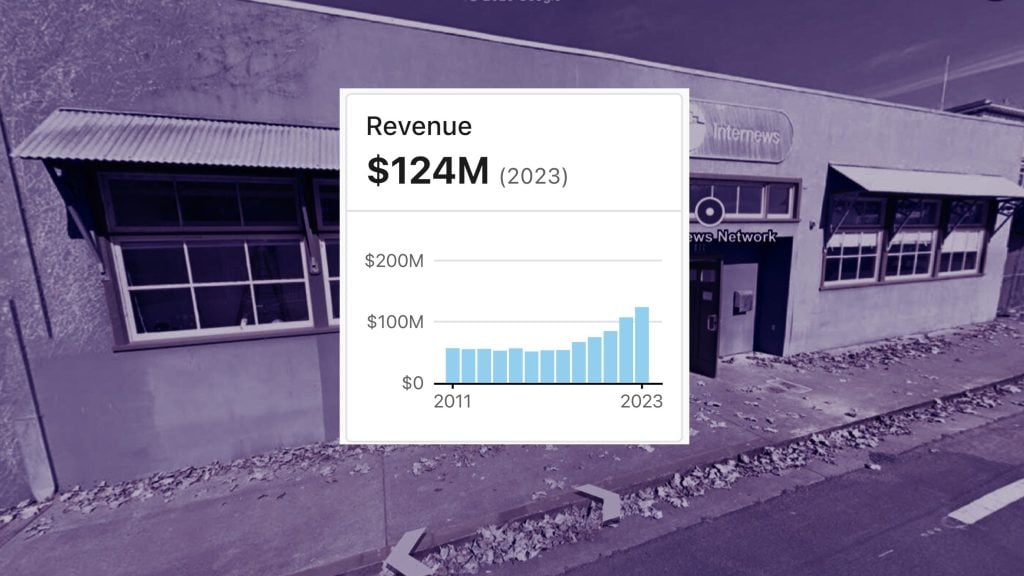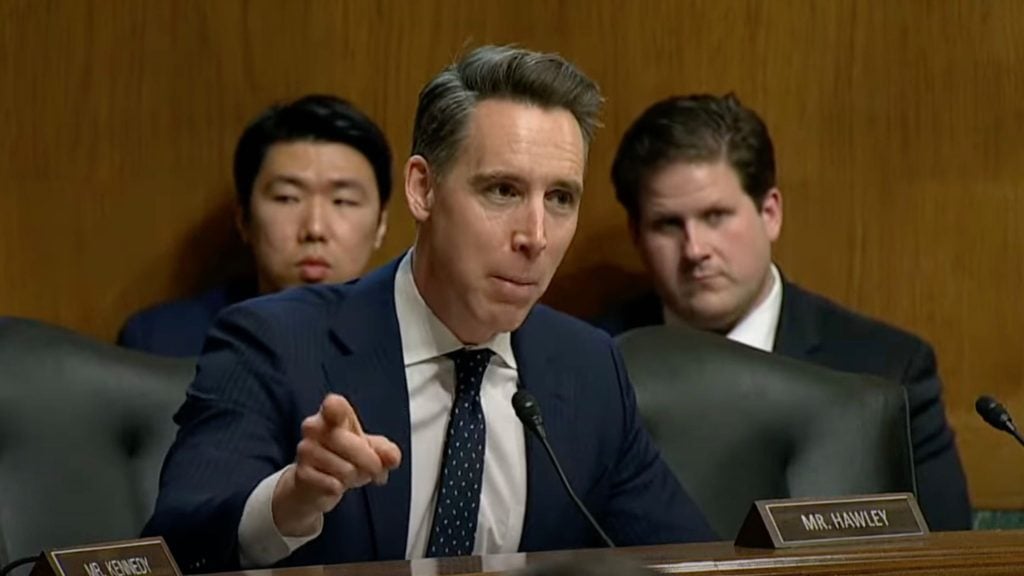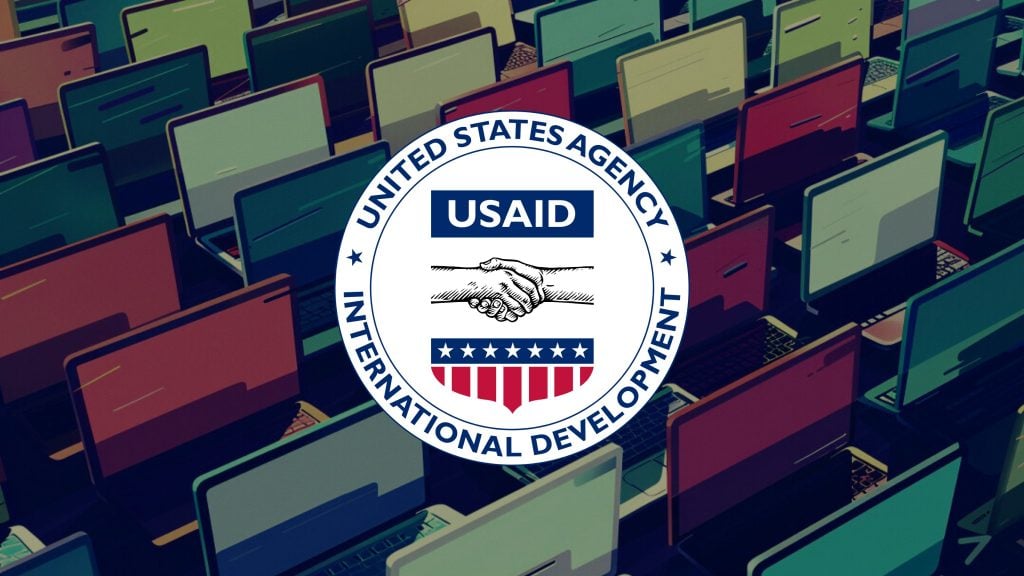The Director of the Technology and Social Change Research Project at Harvard Kennedy’s Shorenstein Center, Joan Donovan, has a unique perspective on the proliferation of riots and destruction in American cities. Donovan claims that it’s actually “right-wing media makers” online who are “driving conflict in the streets” by documenting the riots.
In an MIT Technology Review report, Donovan insists that recording and circulating “videos of violent altercations at protests in cities” online and feeding them into “a media ecosystem with an established bias toward highlighting violence and rioting” creates a self-fulfilling cycle where “white vigilantes feel justified in menacing and physically attacking racial justice protesters.”
She goes on to claim that conservative media outlets and YouTubers that are “highlighting instances of violence, fighting, and property damage” at Black Lives Matter protests and other left-wing protests are “flipping the script to suggest that Black protesters—demonstrating because they fear police violence—are themselves a threat to white people.”
Donovan also frames the work of BlazeTV reporter Elijah Schaffer and The Post Millennial’s editor-at-large Andy Ngo, who both cover protests and provide on the ground footage of protests and riots, as being “designed to influence and overwhelm the sense-making capacity of watchers consuming it from a safe distance online.”
She even suggests that Mark and Patricia McCloskey, who pointed their guns at protesters that had gathered outside their home in a private gated community after they were allegedly threatened by some of the protestors, are “participants in creating the next cycle of it.”
Additionally, Donovan takes aim at the online viewers who watch riot footage, suggesting that “the potential for participating in a violent altercation” motivates them to show up to protests:
“The motivating factor is the hope to live out fantasies of taking justice into their own hands, à la Dirty Harry, the film series about a rogue cop who shirks protocol and murders at will.”
Of course, Donovan’s proposed solution is censorship.
She suggests that there’s a direct correlation between riot footage and direct calls for violence and that social media companies should go as far as using this as grounds to censor:
“Given the way media accounts shape public perceptions about protest and define who has recourse to the ‘legitimate use of violence,’ the kinds of content shared within these hyperpartisan media systems play a powerful yet often invisible role in mobilizing white vigilante groups. If social media companies do not act swiftly to stop calls for violence against protesters, the situation can only get worse.”
Donovan adds that this censorship should include: “Shutting down event pages that are used as central organizing hubs and removing the accounts of those who are calling for physical violence.”
Calls for violence are already prohibited on all the major social media platforms and recent rule changes have lowered the bar for what is considered calling for, “supporting,” “praising,” or “glorifying” violence significantly.
For example, simply showing support for “Kenosha Kid” Kyle Rittenhouse, who shot at men who were pursuing him during a riot, is banned on Facebook because the company deems it to be supporting violence.
Facebook also recently admitted during its recent mass purge of QAnon and US-based militia organizations that the accounts it removed are “not directly organizing violence” but have “demonstrated significant risks to public safety” because they may have “celebrated violent acts, shown that they have weapons and suggest they will use them, or have individual followers with patterns of violent behavior.”
Essentially showing support for someone who many believe acted in self-defense, displaying weapons in a way that the tech giants deem to be suggestive of them being used, or having a single follower that breaks the rules is all it takes for an entire group, community, or topic to be censored.
Using Donovan’s assumptions, the scope of what’s considered a call for physical violence and worthy of being censored would be even wider because apparently documenting or reporting on violence at protests plays an “invisible role in mobilizing white vigilante groups.”
But while Donovan proposes a crackdown on riot coverage, she argues that “videos of abuse and violence carried out by police” should be treated differently because they simply mobilize “outraged” people.

